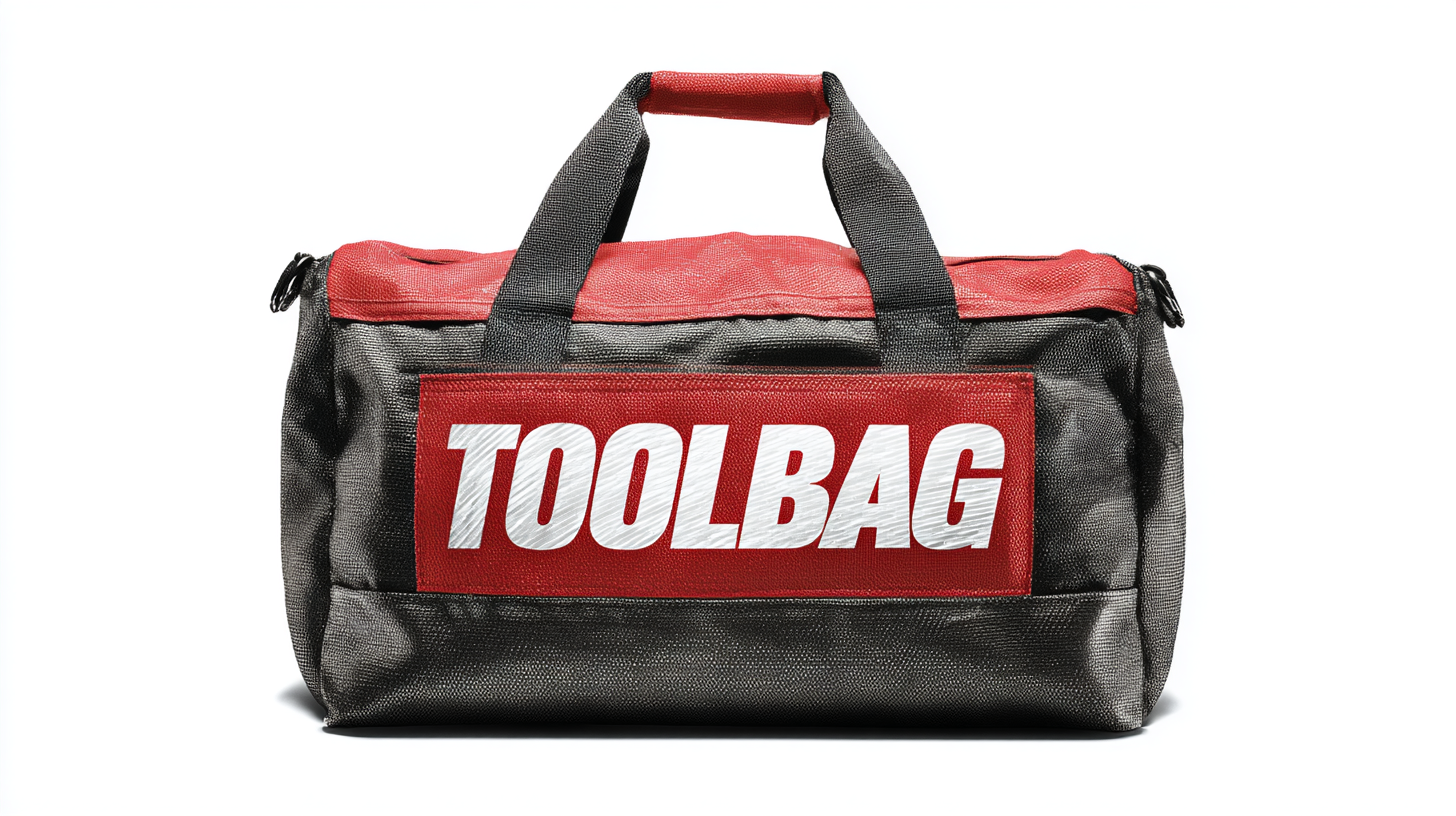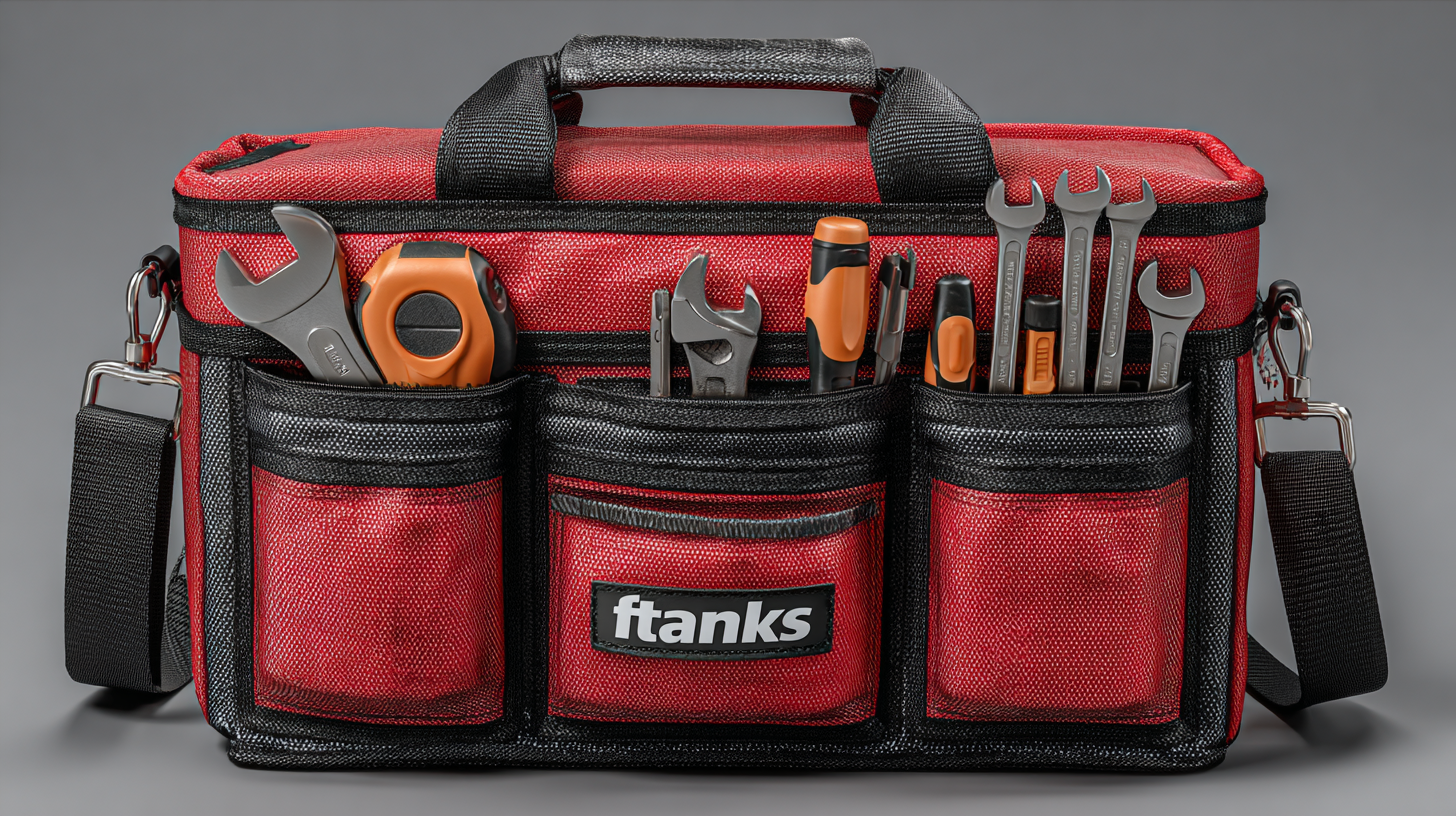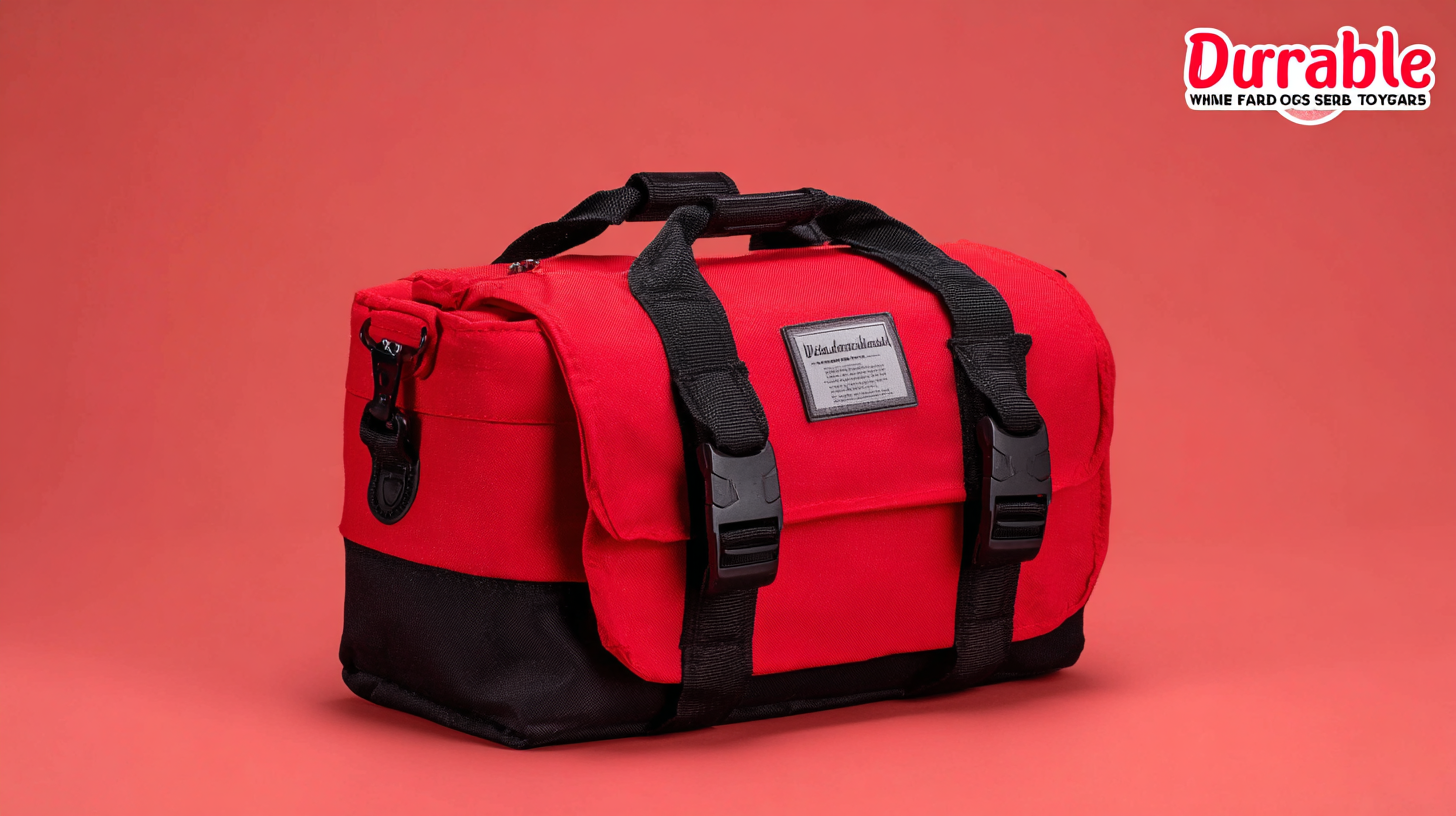- 0086-0769-87986375
- Welcome you to Dongguan Yili Bags Co., Ltd. website!
What Makes a Tool Bag the Best Durable Solution for Your Needs
As the construction and DIY industries evolve, the importance of having reliable equipment is paramount. According to a recent report by IBISWorld, the tool bag market is projected to reach $1.5 billion by 2025, driven by increasing demand for durable solutions that withstand the rigors of heavy use. A Durable Tool Bag not only provides essential organization for tools but also enhances productivity and safety on the job site. In a sector where efficiency can significantly impact project timelines and budgets, investing in a high-quality tool bag becomes a critical decision for professionals and enthusiasts alike. This blog will explore the key factors that make a Durable Tool Bag the best choice for your needs while outlining industry trends that highlight its growing significance in today's market.

The Importance of Material Quality in Tool Bag Durability
When selecting a tool bag, the importance of material quality cannot be overstated. High-quality materials not only enhance the durability of the bag but also ensure that it can withstand the rigors of daily use. For instance, tool bags made from heavy-duty fabric like nylon or polyester are commonly favored for their resistance to wear and tear, making them ideal for those who frequently transport tools in challenging environments. Additionally, weather-resistant materials can protect your tools from moisture, ensuring they remain in prime condition even in less-than-ideal conditions.
Beyond just the outer fabric, the stitching and zippers also play a crucial role in the overall durability of the tool bag. Double-stitched seams create a stronger bond that can better withstand heavy loads, reducing the risk of rips or tears. Similarly, high-quality zippers designed for frequent use can prevent snagging and breaking, further extending the life of your tool bag. By choosing a bag crafted from superior materials and showcasing thoughtful construction, you invest in a long-lasting solution that meets your needs reliably.
Durability Comparison of Tool Bag Materials
Key Features that Enhance the Lifespan of Your Tool Bag
When selecting a tool bag that lasts, several key features can significantly enhance its lifespan. First and foremost, the material used in the construction of the bag is crucial. High-quality fabrics, like rugged nylon or heavy-duty canvas, not only provide durability but also resist wear and tear over time. Look for bags with reinforced stitching and heavy-duty zippers, as these often indicate a product built to withstand the rigors of daily use.

Another essential aspect is the internal organization. A well-designed tool bag will have various pockets and compartments to keep tools secure and accessible. This organization prevents unnecessary jostling, which can lead to wear on both the bag and the tools themselves. Additionally, consider a bag with a waterproof base; this feature protects your tools from moisture, ensuring they remain in prime condition.
Tip: Regularly clean and inspect your tool bag for any signs of damage. Addressing minor wear before it becomes an issue can significantly prolong the life of your tool bag. Also, avoid overloading the bag beyond its intended capacity; this simple step can prevent strain and potential rupture of seams.
Comparative Analysis of Chinese-Made Tool Bags vs. Competitors
When considering tool bags, durability is often a key factor that professionals debate. A comparative analysis of Chinese-made tool bags versus their competitors reveals crucial insights into material quality, construction techniques, and cost-efficiency. According to a 2022 market research report from IBISWorld, Chinese-manufactured products, including tool bags, dominate approximately 28% of the global market share, thanks in part to their robust materials and innovative designs. Many manufacturers in China utilize industrial-grade fabrics that enhance resistance to abrasions and tears, allowing these tool bags to withstand rigorous work conditions.
Moreover, studies reveal that the pricing of Chinese tool bags is quite competitive—typically 15-25% lower than similar offerings from U.S. or European brands. This affordability doesn't come at the cost of quality. Research from Statista indicates that 78% of users rate Chinese tool bags highly for durability, with specific models featuring reinforced stitching and weather-resistant coatings that are particularly appealing for outdoor and heavy-duty applications. As a result, for professionals seeking cost-effective yet resilient options, Chinese-made tool bags present a strong contender in the marketplace, ensuring that quality and value can go hand in hand.

User Reviews: Real-Life Durability Experiences
When it comes to choosing the perfect tool bag, user reviews offer invaluable insights into real-life durability experiences. Many users have shared that they prioritize bags made from high-quality materials, such as heavy-duty nylon or reinforced polyester, which withstand daily wear and tear. For instance, a contractor sharing their experience highlighted how their tool bag survived countless job sites, rain, and mud, proving that durability is not just about the initial build, but how it holds up over time.
Moreover, the design features of a tool bag can significantly affect its longevity. Users often mention the importance of sturdy zippers and reinforced stitching. One feedback noted that tool bags with metal clasps and protective base pads outlast others made with plastic components. These practical details can mean the difference between a bag lasting a season or several years. Real-life experiences from tool enthusiasts emphasize that selecting a bag with a robust design not only protects investments but also enhances efficiency on the job.
Maintenance Tips to Extend the Life of Your Tool Bag
When it comes to maintaining your tool bag, several best practices can significantly extend its lifespan. According to a report from the Tool Industry Association, proper care can lead to a 30% increase in the durability of tool bags made from high-quality materials such as heavy-duty nylon or ballistic fabrics.
Regularly cleaning your tool bag is essential; a simple wipe down after each use can prevent dirt and grime from accumulating and wearing down the fabric.
Additionally, organizing your tools not only enhances efficiency but also minimizes wear on your bag. Tools should be returned to designated pockets to prevent unnecessary abrasion. Research indicates that 72% of professionals recommend using internal organizers or pouches to keep items separated, reducing the risk of damage.
Finally, store your tool bag in a cool, dry place away from direct sunlight when not in use, as prolonged exposure can degrade the materials over time. Implementing these maintenance tips will ensure your tool bag remains a reliable solution for your needs for years to come.
